DOCtalk by Dr. Gregg 11/27/11
An Audience with the King and Queen
Ohio’s been doing pretty well with this whole "get the providers signed up to go digital" thing. So much so, in fact, that we’re getting a visit from Her and His Royal Highnesses, Kathleen Sebelius and Dr. Farzad Mostashari, to discuss our successes thus far as well as what’s to come with Stage 2 MU and more.
Between the Ohio Health Information Partnership and HealthBridge, Ohio leads the country in total number of providers signed up for REC services/Meaningful Use commitment. In fact, we account for over 6% of the current U.S. total of providers signed, nearly double our population stats relative to the country’s census as a whole.
Having a big bunch of commitments is a far cry from meaningfully mingling our medical data, but "steps is steps." That’s what the whole "sign ’em up" thing is for: getting more folks headed down the digital trail. Get electronic and one day we may actually be able to share electrically… so, first steps first.
I’ve had my doubts about MU, but with what I’ve seen here in Ohio — and especially with what I see coming as we charge up our statewide HIE for rollout — I think most of my reservations have been pretty much squelched.
Since I’m feeling less the skeptic these days and as I was lucky enough to receive an engraved invitation to meet with their Royal Highnesses this Wednesday, I’ll admit to being a bit excited about hearing what they have to say and seeing to what they seem to respond. Having an audience with the current King and Queen of HIT is a chance to see into the eyes of HITECH royalty and, as the eyes are the windows into their digital souls, maybe I’ll glean some insight into our conjoined Meaningful futures.
Perhaps having the royalty of HIT stop by for an afternoon chat isn’t the biggest news in town. After all, a big part of their current professional raison d’être is to spread the gospel of all things HIT and to spot the winners from the amongst all those rolling dice in this giant REC crapshoot. Still, they have a couple of wicked good titles and peons like me are always impressed by cool titles. (Peasantry in the trenches doesn’t get cool titles.)
Since I’m heading off to this nexus with nobility and as I’m just one grunt with one grunt’s ideas, I thought it might be helpful if I asked you, the good readers of HIStalk Practice, if you might have any good questions or ideas you’d like me to messenger. Please help me sound smart by giving me some intellectual ammunition with which to bolster my value to their regalnesses.
If you have any useful queries or any brilliant insights you’d like share, please leave a Comment on this post or send me an e-mail directly. (Please keep them relatively curse-free in case my son looks over my shoulder when I’m reading your replies!) I’ll do my best to represent and report back on any responses from the Secretary or the Coordinator.
I’ll check back for any submissions in a while. Right now, I have to go practice bowing.
From the trenches…
(OK, the royal invite wasn’t really engraved, but it was a real invitation – hard copy, envelope, and everything. And, yes, it did get sent digitally, too. Can you imagine how snarky the commentary would get if they didn’t send the invitation in electronic form?!?)
“Uneasy lies the head that wears a crown.” – William Shakespeare

Dr. Gregg Alexander, a grunt in the trenches pediatrician at Madison Pediatrics, is Chief Medical Officer for Health Nuts Media, directs the Pediatric Office of the Future exhibit for the American Academy of Pediatrics, and sits on the board of directors of the Ohio Health Information Partnership (OHIP).

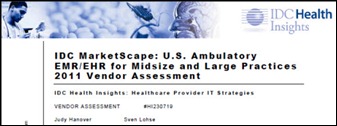
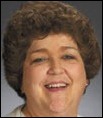
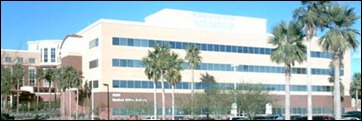
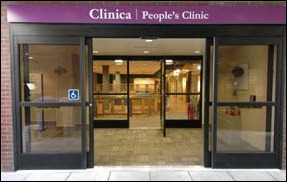

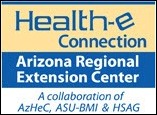



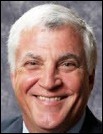
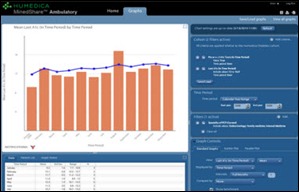
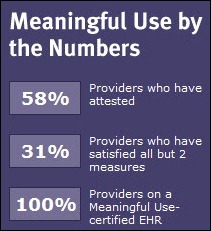
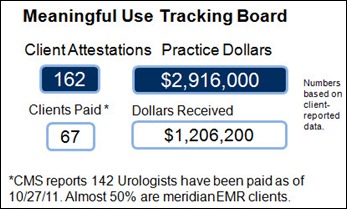
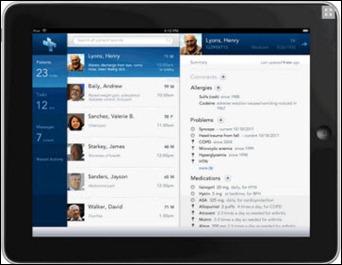


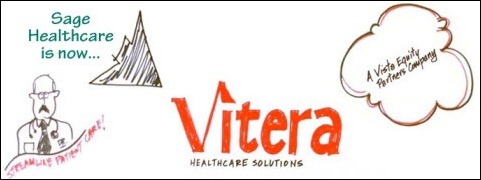
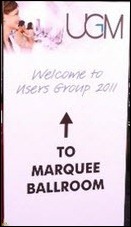
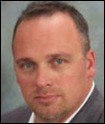
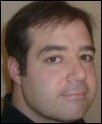
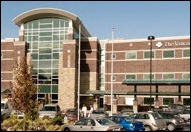


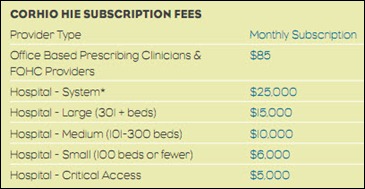

The article about Pediatric Associates in CA has a nugget with a potentially outsized impact: the implication that VFC vaccines…